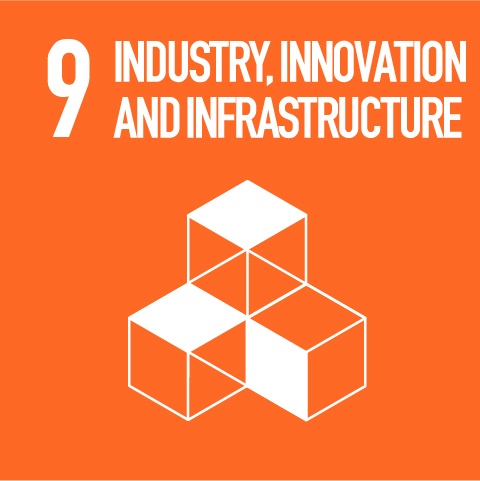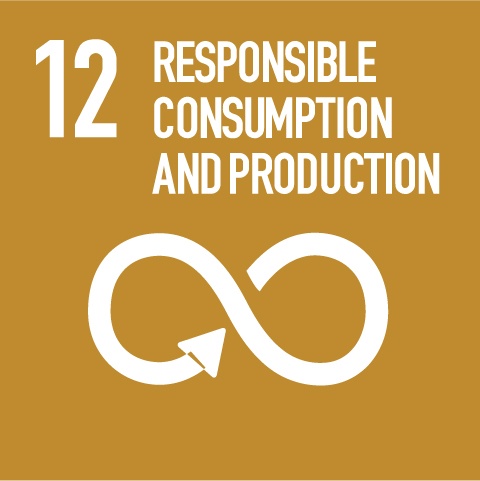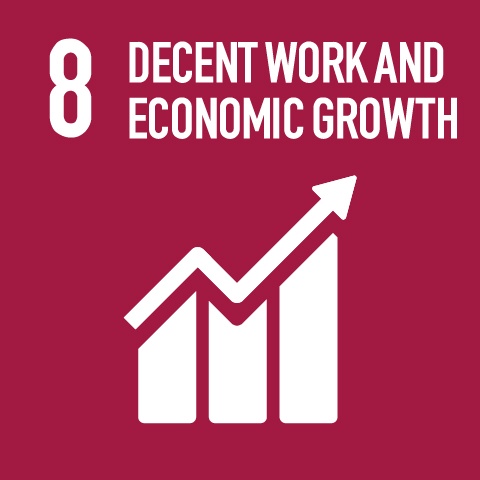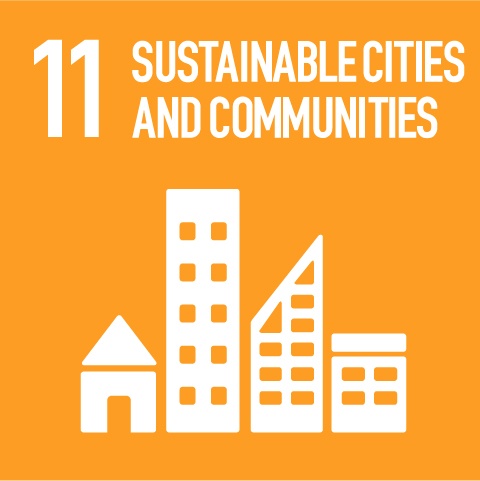Central Retail has developed an approach for determining materiality topics in order to ensure a full awareness of the organization's business context and value chain such as building the ability to successfully engage stakeholders in economic, social, and environmental dimensions on sustainability. The procedure repeats annually to address Central Retail's materiality topics comprehensive and responsive to the context and rapid trends of the world's situations.
Materiality Assessment Process
1. Understand the Organization’s Sustainability and Business Context
The Company reviews the organization’s sustainability and business context by analyzing activities throughout value chain and the value chain’s connections with Company’s main stakeholders, namely employees, business suppliers, customers, shareholders, creditors, the government agencies, communities, and society. Moreover, the Company reviews the international standards and global sustainability trends that are related to retail businesses to gain a better understanding of the sustainability and business context, as well as analyzes stakeholders’ expectations that have been collected from stakeholder engagement through various communication channels.
2. Identify Actual and Potential Impacts
Following the study on the context and linkage between the value chain and stakeholders, the Company identifies sustainability issues relevant to the Company through analysis of positive and negative, and actual and potential impacts toward stakeholders and its business. More importantly, as part of the materiality assessment, the Company has applied the frameworks of COSO Enterprise Risk Management 2017 (COSO ERM 2017), UN Guiding Principles on Business and Human Rights, and other international standards on human rights in analyzing the impact that covers human rights risks, which will be integrated into the Company’s regular enterprise risk management process.
3. Assess the Significance of Impacts
The Company assesses the significance of each materiality issues by conducting surveys to collect stakeholders’ perspectives on how they are affected by impacts from each materiality issues, which take into account scale of impact, scope of impact, likelihood of impact, and irremediable nature of impact. Moreover, the Company also evaluates how its business is being affected by the potential financial impacts in each materiality issues. As a result, each materiality issues are assessed based on the four levels of impact : very high, high, medium, and low. Moreover, the Company has reviewed and conducted expert testing for each material issue as well as considering relevant international standards such as the Global Reporting Initiative (GRI), reports published by globally recognized organizations, double-materiality principle, and sustainability indices to ensure that the assessment is more comprehensive and inclusive of expert opinions.
4. Prioritize the Most Significant Impacts for Reporting
The Company prioritizes the sustainability issues to finally identify material issues ranked by the most significant impacts. The resulting material issues are then presented to the Corporate Governance and Sustainability Committee, and the Board of Directors to validate for alignment with the Company’s context and business strategies. The validated material issues would then be endorsed by the Board of Directors to be regarded as the Company’s material issues.
Materiality Assessment Results 2023




























Climate Change
Impact
Long-term greenhouse gas emissions may result in climate change seen in intensified natural disasters such as floods, storms or draught. The impact may become more severe to the point that it affects the surrounding businesses and communities as well as results in the loss of confidence among stakeholders.
Relevant Stakeholders
Shareholders, Employees, Business Partners, Customers, Debtors, Government Agencies, Communities, and Society.

Responsible Sourcing
Impact
Responsible sourcing will help prevent deterioration of biodiversity and deforestation, as well as enhance the well-being of surrounding communities. Products and services from responsible sourcing can promote good health and respond to the customers’ expectations.
Relevant Stakeholders
Shareholders, Employees, Business Partners, Customers, Debtors, Government Agencies, Communities, and Society.

Resource Efficiency
Impact
The reduction of resources through designing packaging that is environmentally friendly or processing plastic waste is to add value to the products, thus lower costs and impacts on the environment of the production process. These approaches also promote sustainable consumption and increase access to products that are environmentally friendly for customers.
Relevant Stakeholders
Shareholders, Business Partners, Customers, Debtors, Government Agencies, Communities, and Society.
Central Retail understands the significance of delegating responsibility to effectively drive the implementation of the sustainability strategy. Therefore, Central Retail has identified materiality topics and establish executive performance indicators to maintain company operations and to meet sustainability goals. This has been presented through the ReNEW strategy to improve long-term development and corporate growth.
In this regard, Central Retail measures performances and sustainability development in line with material topics to accomplish the Central Retail's goals. In addition, achievements and innovations are used to evaluate the annual performance based on the indicators allocated to the executives.

Human Capital Development
Impact
Encouraging employees to continually develop new skills that are in line with business strategies such as marketing skills and online sales will help increase the efficiency of the work and capabilities of employees.
Relevant Stakeholders
Shareholders, Employees, Business Partners, Customers, and Government Agencies.

Occupational Health and Safety
Impact
Insufficient on occupational health and safety can increase the risks of accidents or danger in department stores, leading to obstruction in operations and loss of confidence among stakeholders.
Relevant Stakeholders
Shareholders, Employees, Business Partners, Customers, Debtors, Government Agencies, Communities, and Society.

Human Rights
Impact
Unfair labor treatment and violation of human rights may result in complaints submitted to the regulators. This may eventually result in business obstruction that causes damage to the confidence of stakeholders.
Relevant Stakeholders
Shareholders, Employees, Business Partners, Customers, Debtors, Government Agencies, Communities, and Society.

Community Contribution and Local Product Development
Impact
Helping to generate economic values of communities and enhance local products in order to have higher value through support on knowledge, selling skills and distribution channels will lead to increase in income for communities, and better relationship between communities and the Company.
Relevant Stakeholders
Shareholders, Customers, Government Agencies, Communities, and Society.

Diversity, Equity and Inclusion
Impact
Embracing DE&I can attract diverse talent, boosts innovation, retain employee, attract more customers, and driving profits and reducing risks. Neglecting DE&I can lead to reputational damage, lost customers, unhappy employees, and lost profits. Unfair labor treatment may result in complaints submitted to the regulators. This may eventually result in business obstruction that causes damage to the confidence of stakeholders.
Relevant Stakeholders
Shareholders, Employees, Business Partners, Customers, Creditors, Government Agencies, Communities and Society.

Supply Chain Management
Impact
Without risk assessment of the supply chains, activities of the Company’s business partners may cause negative impact on the environment and society, leading to complaints submitted to the regulators. This may further result in delays in the supply chain and loss of confidence among stakeholders.
Relevant Stakeholders
Shareholders, Employees, Business Partners, Customers, and Government Agencies.

Innovation
Impact
Promotion of and support for innovations to be applied to businesses such as development of online applications and the use of technology in operations will help improve the quality of services for customers and increase efficiency of employees’ performance.
Relevant Stakeholders
Shareholders, Employees, Business Partners, Customers, Debtors, Government Agencies, Communities, and Society.

Customer Relationship and Brand Management
Impact
Efficient development of customer relationship and the brand by providing services that respond to the expectations of customers will lead to customer loyalty towards the brand and increase confidence among stakeholders.
Relevant Stakeholders
Shareholders, Employees, Business Partners, Customers, Government Agencies, Communities, and Society.

Corporate Governance and Business Ethics
Impact
Inefficient corporate governance and the lack of business ethics may lead to corruption and business operations that are not transparent, as well as unfair treatment towards stakeholders, leading to loss of confidence.
Relevant Stakeholders
Shareholders, Employees, Business Partners, Customers, Debtors, Government Agencies, Communities, and Society.

Risk and Crisis Management and Resilience
Impact
Inefficient risk management and inefficient communications as well as trainings for employees on risk management may lead to the Company being unable to cope with risks and crises. As a result, there might be obstruction or suspension to the Company’s businesses and loss of confidence among stakeholders.
Relevant Stakeholders
Shareholders, Employees, Business Partners, Customers, Debtors, Government Agencies, Communities, and Society.

